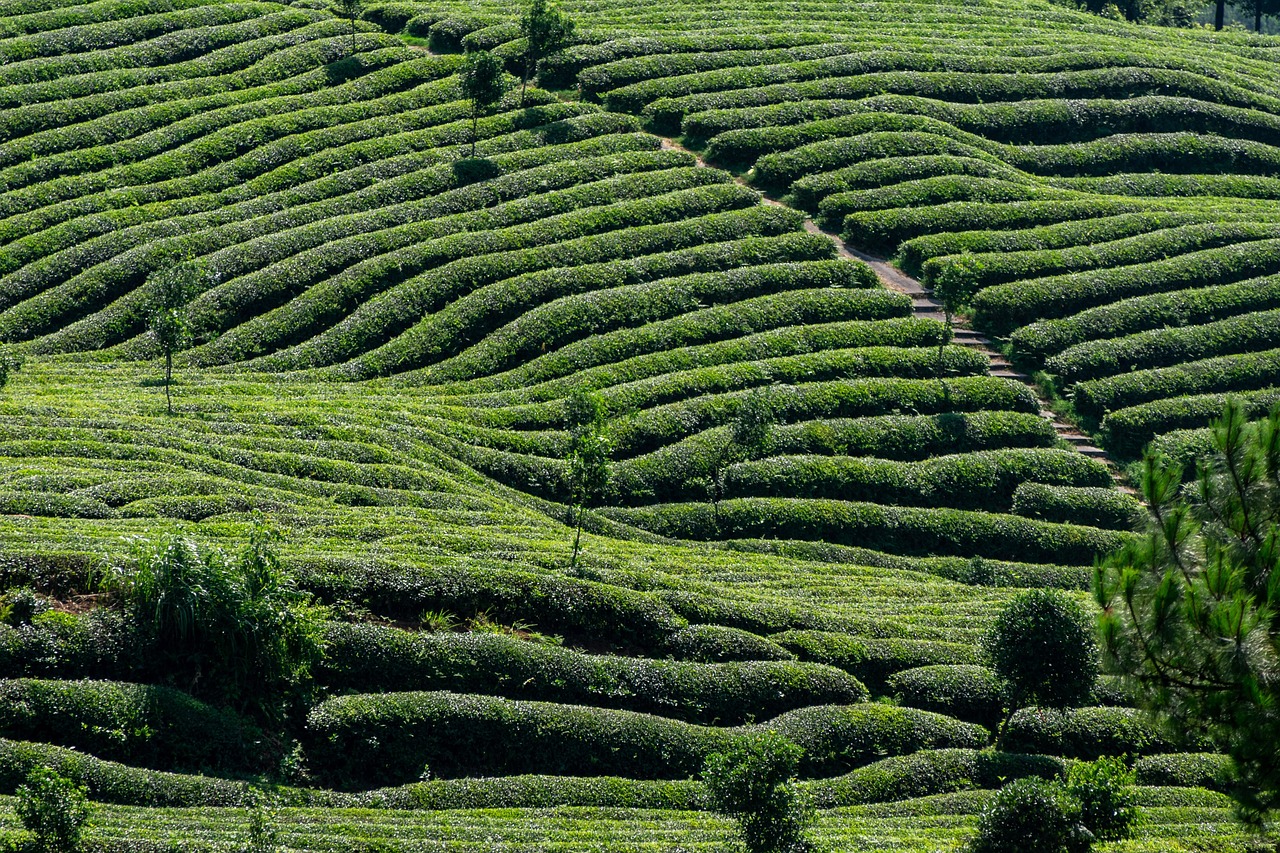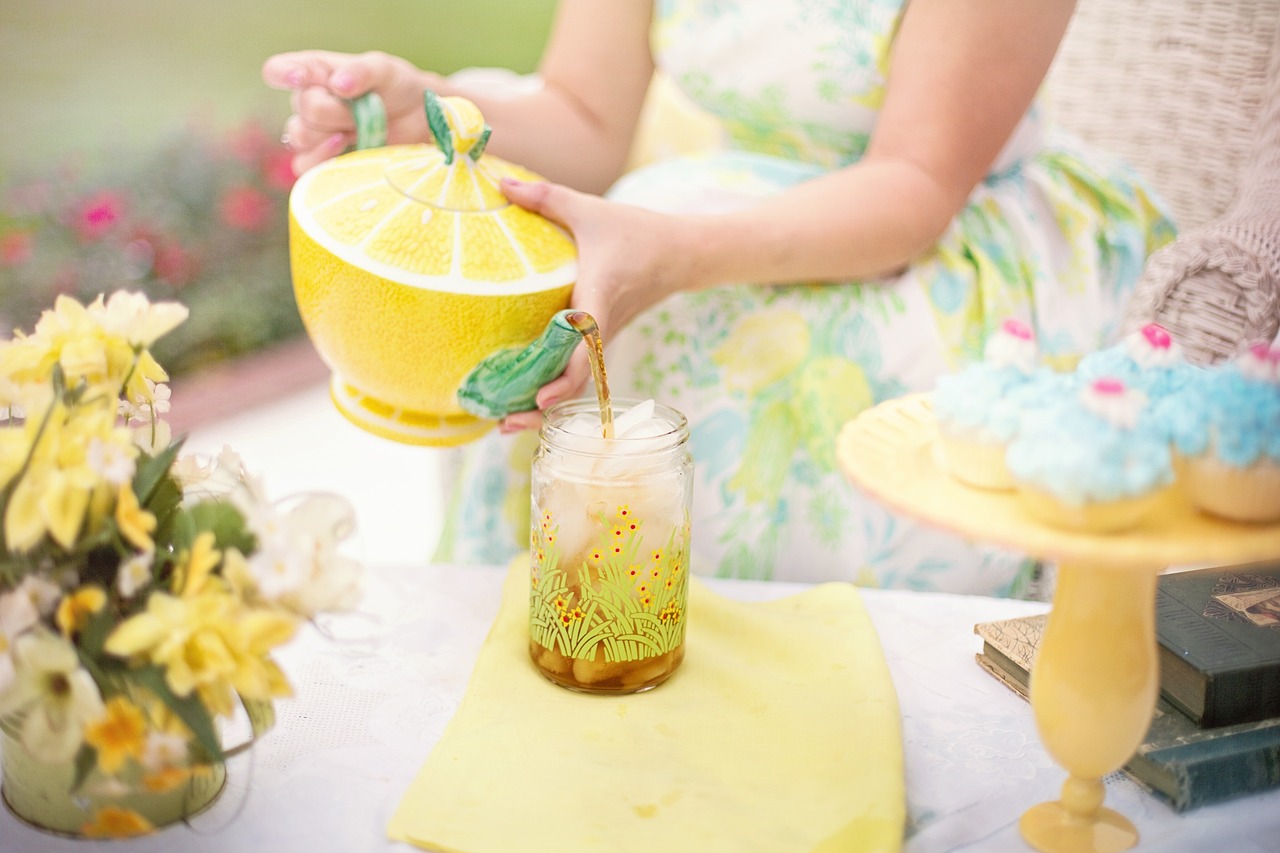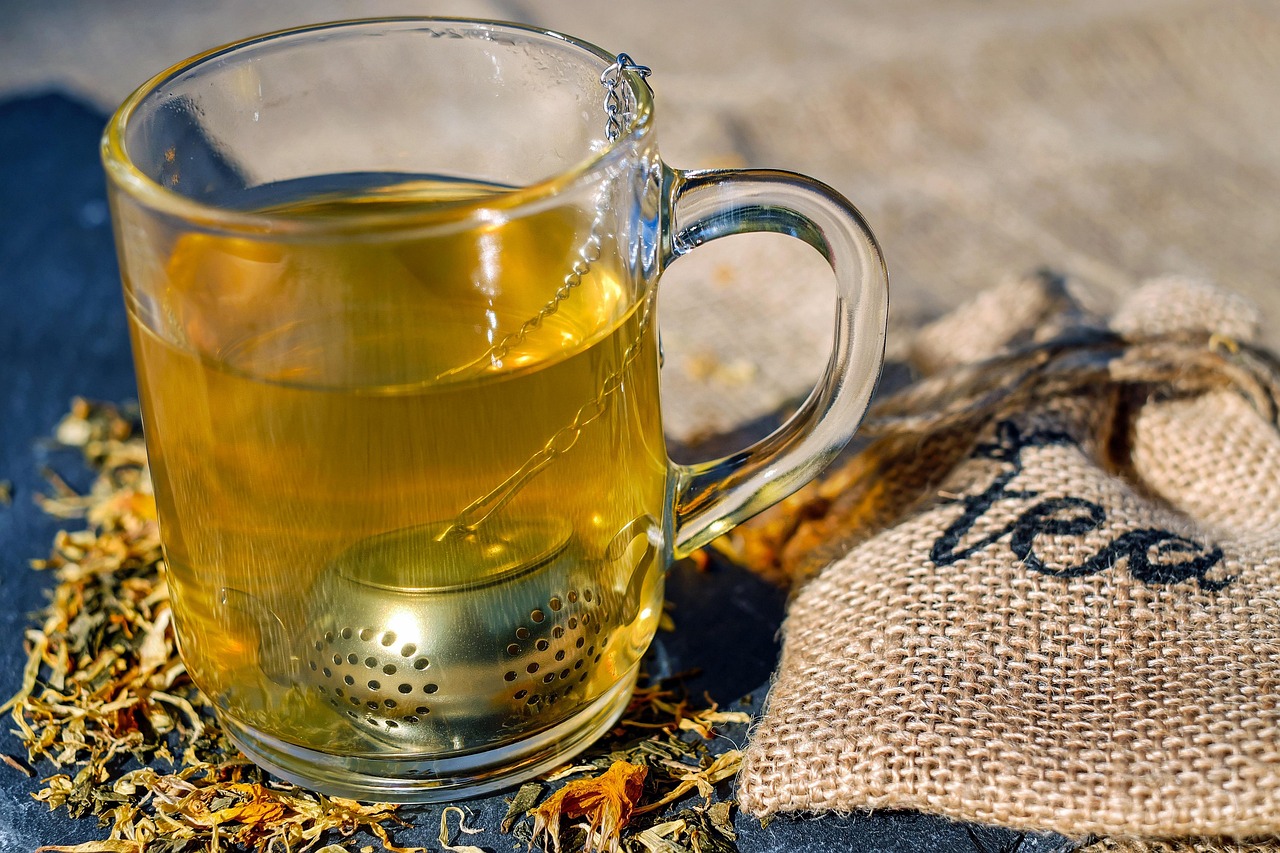To grow dandelions for tea, choose a sunny spot with well-draining soil. Plant seeds directly into the ground in early spring or fall. Water regularly and ensure the plants have enough space to grow. Harvest leaves and flowers when they are young and tender for the best flavor.
Understanding Dandelions
Dandelions are more than just garden weeds. They are versatile plants that have been used for centuries in traditional medicine and culinary practices. The leaves, flowers, and roots can all be utilized to make a delicious herbal tea. This tea is known for its numerous health benefits, including aiding digestion and providing antioxidants.

The scientific name for dandelion is Taraxacum officinale. This plant is native to Europe and Asia but has spread across the globe. It thrives in a variety of environments, making it accessible for many gardeners. In addition to their medicinal properties, dandelions are also a rich source of vitamins A, C, and K, as well as several B vitamins.
Benefits of Growing Dandelions
Growing dandelions in your garden offers numerous advantages. Here are some key benefits:
- Nutritional Value: Dandelions are packed with nutrients that can enhance your diet.
- Medicinal Properties: They are known to support liver health and improve digestion.
- Environmental Impact: Dandelions attract pollinators like bees, which is beneficial for your garden’s ecosystem.
- Culinary Uses: Beyond tea, dandelions can be used in salads, soups, and even as wine ingredients.
Choosing the Right Location
When growing dandelions for tea, selecting the right location is crucial. Dandelions prefer full sun but can tolerate partial shade. Aim for an area that receives at least six hours of sunlight each day. The soil should be well-draining to prevent root rot.

Before planting, check your soil’s pH level. Dandelions thrive in slightly acidic to neutral pH levels (between 6.0 and 7.0). If your soil is too acidic, consider adding lime to raise the pH. Conversely, if it is too alkaline, you may want to incorporate sulfur to lower it.
Preparing the Soil
Preparation of the soil is an essential step for successful dandelion growth. Start by removing any weeds or debris from the area where you plan to plant. This will give your dandelions a better chance to grow without competition for nutrients.
Next, loosen the soil with a garden fork or tiller to a depth of about 12 inches. This aerates the soil and allows roots to penetrate easily. You can also mix in organic matter like compost or well-rotted manure to enrich the soil further.

Planting Dandelion Seeds
Dandelion seeds can be sown directly into the ground either in early spring or fall. If you are planting in spring, wait until after the last frost date for your area. Follow these steps for planting:
- Scatter the seeds evenly over the prepared soil.
- Lightly rake the soil to cover the seeds with a thin layer of dirt.
- Water gently to moisten the soil without washing away the seeds.
- Keep the soil consistently moist until seeds germinate, which typically takes 7 to 14 days.
Caring for Dandelion Plants
Once your dandelions start growing, care is essential. Here are some tips:
- Watering: Water regularly, especially during dry periods. Aim for about an inch of water per week.
- Weeding: Keep the area free of weeds that may compete for nutrients.
- Pest Management: While dandelions are generally pest-resistant, keep an eye out for any signs of trouble.
With proper care, your dandelion plants will flourish, allowing you to harvest their vibrant leaves and flowers for delicious tea.

Harvesting Dandelions
Once your dandelions have matured, it is time to harvest them. Timing is crucial for obtaining the best flavor and health benefits. The ideal time to harvest dandelion leaves is in the spring, before the plants flower. At this stage, the leaves are tender and have a mild taste.
For the flowers, wait until they are fully open, typically in late spring or early summer. The roots can be harvested in the fall when the plant has stored nutrients from the growing season.
How to Harvest Dandelion Leaves
Follow these steps to properly harvest dandelion leaves:
- Choose young, vibrant leaves for the best flavor. Avoid older leaves, as they can be bitter.
- Use a sharp knife or scissors to cut the leaves close to the base of the plant.
- Gather leaves in a basket or container, ensuring they do not get bruised.
- Wash the leaves thoroughly under running water to remove any dirt or insects.
How to Harvest Dandelion Flowers
When harvesting dandelion flowers, keep these points in mind:
- Timing: Pick flowers on a sunny day when they are fully open for maximum flavor.
- Method: Snap the flowers off at the base, ensuring you do not pull out the entire plant.
- Storage: Place flowers in a breathable container to prevent moisture build-up.
How to Harvest Dandelion Roots
The roots of dandelions are harvested for tea and medicinal uses. Here’s how to do it effectively:
- Wait until the fall when the roots are full of nutrients.
- Use a garden fork or spade to carefully dig around the base of the plant.
- Gently lift the roots out of the ground, taking care not to break them.
- Wash the roots thoroughly to remove soil and debris.
Preparing Dandelions for Tea
After harvesting, you must prepare the dandelions for tea. Each part of the plant requires a slightly different method of preparation.
Preparing Dandelion Leaves
The leaves can be used fresh or dried. To prepare fresh leaves:
- Chop them coarsely and add them directly to your tea infusion.
- For dried leaves, lay them flat on a clean surface and allow them to air dry away from direct sunlight.
- Once dried, store them in an airtight container in a cool, dark place.
Preparing Dandelion Flowers
Dandelion flowers can also be used fresh or dried:
- To use fresh flowers, simply add them to your tea infusion.
- If you prefer dried flowers, spread them out on a tray and let them dry completely before storing.
- Dried flowers retain their flavor and can be used later for tea or other recipes.
Preparing Dandelion Roots
Dandelion roots require more preparation than the leaves and flowers:
- After washing, chop the roots into small pieces.
- Either roast them in an oven at low heat or air-dry them completely for several days.
- Once dried, store the root pieces in an airtight container.
Making Dandelion Tea
Now that you have harvested and prepared your dandelions, it’s time to make tea. Dandelion tea can be made from any part of the plant: leaves, flowers, or roots. Here’s how to brew a simple dandelion tea:
Dandelion Leaf Tea Recipe
- Boil water in a kettle or pot.
- Add 1-2 teaspoons of fresh or dried dandelion leaves per cup of boiling water.
- Let it steep for about 5-10 minutes, depending on your flavor preference.
- Strain the tea into a cup and enjoy. You may add honey or lemon for extra flavor if desired.
Dandelion Flower Tea Recipe
- Bring water to a boil.
- Add 1-2 tablespoons of fresh dandelion flowers or 1 teaspoon of dried flowers per cup of water.
- Steep for about 5-7 minutes.
- Strain and serve hot or iced with sweetener if desired.
Dandelion Root Tea Recipe
- Boil water as before.
- Add 1-2 teaspoons of roasted dandelion root per cup of water.
- Let steep for 10-15 minutes. This will extract more flavor from the roots.
- Strain and enjoy plain or with added flavors like cinnamon or ginger.
Dandelion tea is not only delicious but also offers numerous health benefits. Enjoy exploring different combinations and flavors as you incorporate this beneficial plant into your herbal repertoire.
Health Benefits of Dandelion Tea
Dandelion tea is not only a flavorful beverage but also offers various health benefits. Each part of the dandelion plant contributes unique properties that can enhance your well-being. Here are some notable health advantages associated with drinking dandelion tea:
Rich in Nutrients
Dandelions are a powerhouse of vitamins and minerals. They contain:
- Vitamin A: Essential for vision and immune function.
- Vitamin C: An antioxidant that supports skin health and boosts the immune system.
- Vitamin K: Important for blood clotting and bone health.
- Minerals: Includes potassium, calcium, and magnesium, which are vital for numerous bodily functions.
Supports Digestive Health
Dandelion tea is known to aid digestion. It stimulates appetite and helps with digestive disorders. The leaves contain compounds that can increase bile production, assisting in fat digestion and absorption.
- Diuretic Properties: Dandelions may help reduce water retention and bloating.
- Relief from Constipation: The fiber content in dandelion leaves can promote regular bowel movements.
Detoxification
Drinking dandelion tea may help detoxify the liver. It promotes the elimination of toxins and waste products from the body. The roots specifically are believed to support liver function by enhancing bile flow.
Potential Risks and Considerations
While dandelion tea is generally safe for most people, some individuals may experience adverse effects. It’s essential to be aware of possible risks before consuming this herbal tea regularly.
Allergic Reactions
Some people may be allergic to dandelions or related plants, such as ragweed. Symptoms of an allergic reaction may include:
- Skin rashes or itching
- Swelling of the face, lips, or tongue
- Difficulty breathing
Medication Interactions
Dandelion tea can interact with certain medications. It is crucial to consult a healthcare professional if you are taking:
- Diuretics
- Blood thinners (like warfarin)
- Antacids
The diuretic properties may amplify the effects of diuretic medications, while the vitamin K content can affect blood clotting medication. Always discuss with your doctor if you plan to incorporate dandelion tea into your routine.
Culinary Uses Beyond Tea
Dandelions are versatile and can be used in various culinary applications beyond tea. Here are some ways to enjoy this nutritious plant:
Dandelion Salads
The young leaves of dandelions make a great addition to salads. They can add a peppery flavor and nutritional value. Try mixing them with other greens for a delightful salad. Consider these tips:
- Use young, tender leaves for a milder taste.
- Add ingredients like nuts, cheese, or fruits to enhance flavor.
- Dress with olive oil and vinegar for a simple vinaigrette.
Dandelion Pesto
Dandelion leaves can be blended into a delicious pesto. Here’s a simple recipe:
- Gather 2 cups of fresh dandelion leaves.
- Add 1/2 cup of nuts (pine nuts or walnuts work well).
- Include 1/2 cup of grated Parmesan cheese.
- Add 2-3 cloves of garlic and 1/2 cup of olive oil.
- Blend until smooth and season with salt and pepper to taste.
Dandelion Wine
Dandelions can also be used to make homemade wine. The process involves fermenting the flowers, water, sugar, and other ingredients like lemon juice. Here’s a brief overview:
- Harvest 4 cups of dandelion flowers.
- Boil them in water for about 10 minutes.
- Add sugar, lemon juice, and yeast.
- Ferment in a container for several weeks before bottling.
Storing Dandelions for Future Use
If you want to enjoy dandelion tea or other recipes year-round, proper storage is essential. Here are some tips on how to store different parts of the dandelion plant:
Storing Dried Leaves and Flowers
- Ensure the leaves and flowers are completely dry before storing.
- Place them in airtight containers away from sunlight, moisture, and heat.
- A dark cupboard or pantry is ideal for maintaining potency.
Storing Dried Roots
- Dried roots should also be kept in airtight containers.
- Store in a cool, dark place to preserve their flavor and health benefits.
- Label your containers with the date to keep track of freshness.
With these storage tips, you can ensure that your dandelions remain flavorful and beneficial for your herbal teas and culinary creations.
Additional Tips for Growing Dandelions
In addition to the steps already discussed, there are a few more tips that can help you successfully grow dandelions for tea. These tips can enhance your experience and improve your yield.
Companion Planting
Companion planting is a gardening technique where different plants are grown together for mutual benefit. Dandelions can thrive in a garden with various companions. Consider planting:
- Herbs: Basil and mint can deter pests that might harm dandelions.
- Vegetables: Carrots and tomatoes can benefit from the nutrient-rich soil that dandelions create.
- Flowers: Marigolds can attract beneficial insects that help pollinate and protect your plants.
Organic Practices
To maintain a healthy garden, consider using organic gardening practices. Avoid chemical pesticides and fertilizers, as they can harm beneficial insects and contaminate your dandelions. Instead, opt for natural fertilizers and pest control methods:
- Compost: Use homemade compost to enrich the soil naturally.
- Neem Oil: A natural pesticide that can help manage pests without harmful chemicals.
- Beneficial Insects: Encourage ladybugs and lacewings to help control aphids and other pests.
Seasonal Care
Understanding the seasons will help you provide the best care for your dandelions. In colder months, consider mulching around the plants to protect their roots from frost. In warmer months, ensure they receive adequate water, especially during dry spells.
Exploring Dandelion Tea Variations
Dandelion tea can be enjoyed in various ways. Here are some creative variations to try:
- Dandelion Chai: Combine dandelion root tea with traditional chai spices such as cinnamon, cardamom, and ginger for a warming blend.
- Iced Dandelion Tea: Brew dandelion tea and chill it in the refrigerator. Serve over ice with a slice of lemon for a refreshing drink.
- Dandelion Smoothies: Add fresh dandelion leaves to your morning smoothie for an extra nutrient boost.
Final Thoughts
Growing dandelions for tea is a rewarding endeavor that connects you with nature and contributes to your health. From the planting process to harvesting and preparing your tea, each step is manageable and enjoyable. Dandelions are not only easy to grow but also offer significant nutritional benefits, making them a valuable addition to your herbal repertoire.
As you explore dandelions, remember their versatility extends beyond tea. Incorporate them into salads, pestos, or even wines to fully appreciate their flavor and health benefits. With proper care, harvesting techniques, and storage methods, you can enjoy the essence of dandelions throughout the year.
Whether you are a novice gardener or an experienced herbalist, dandelions offer an excellent opportunity to cultivate a beneficial plant right in your backyard. Embrace this delightful herb and discover the many ways it can enhance your life.
With these insights and instructions, you’re now equipped to grow, harvest, and enjoy dandelions in various forms. Happy gardening!
